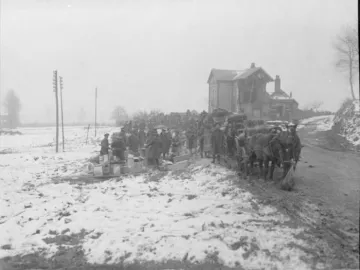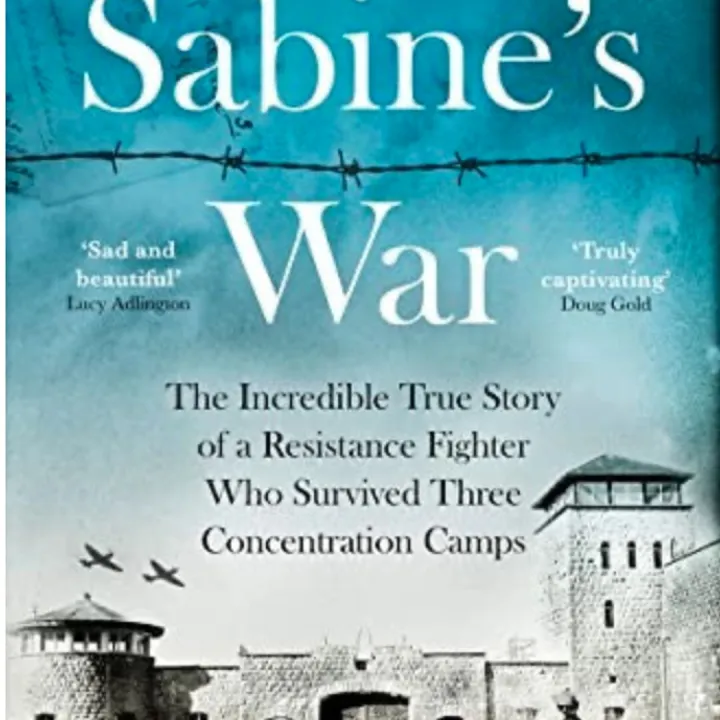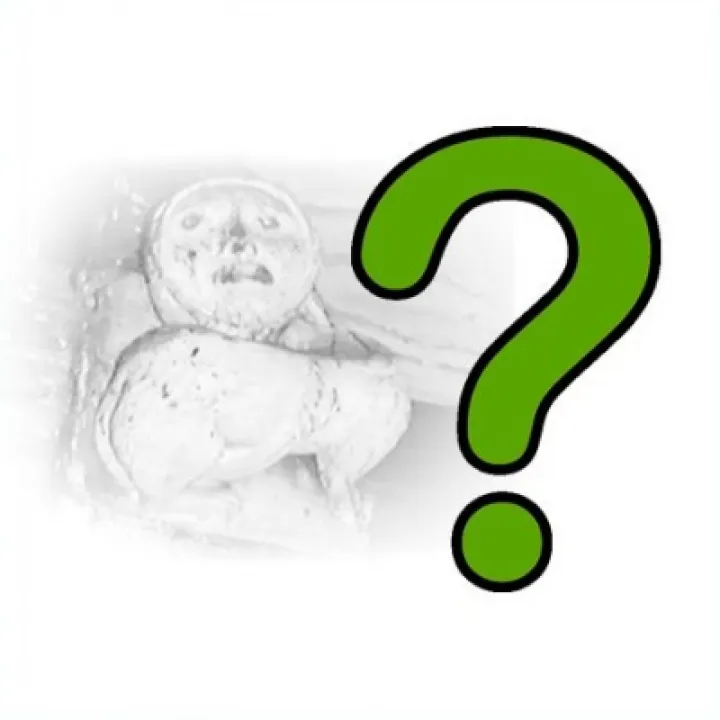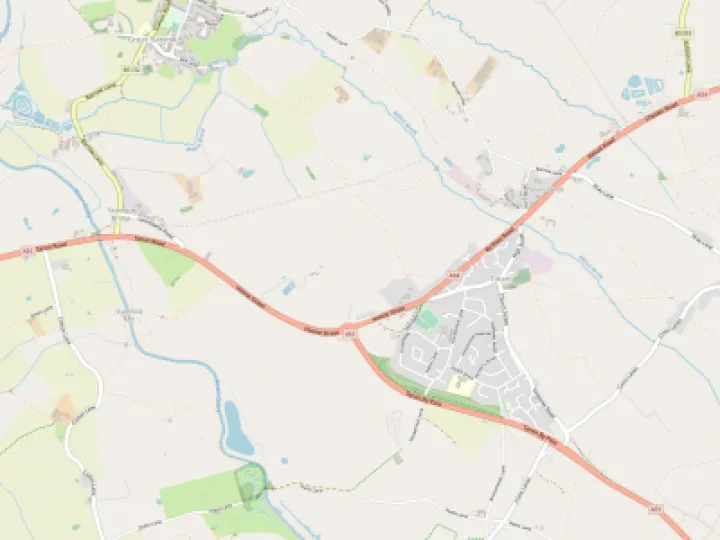Remembering the First World War
Ernest Grindley, Arthur Haspey, William Hughes
[Ernest Grindley
]
Ernest was born in Tarvin in 1881 and baptised at St Andrew's Church on August 14th in the same year. His father, George was a market gardener and the family lived in Cross Lane, Oscroft. The 1901 census finds Ernest working as a carter on John Smith's farm in Oscroft while in his parents' home there was a servant called Martha Walker. Ernest later married Martha and in 1911 they were living in Delamere where Ernest was now working as a market gardener himself.
The couple had three children, two boys who were given the family names of Ernest and George and a daughter called Constance. When war came, he went to Northwich and enlisted in the Grenadier Guards where he served in the 2nd battalion as a Guardsman.
On Monday September 25th 1916, Ernest was killed in action in the Battle of Somme attack on Lesboeufs on the day that the Guards captured the town.
He is unusual in that he is commemorated on the Delamere War Memorial, the Tarvin war Memorial and the Kelsall St Phillips Roll of Honour.
Ernest is also remembered with Honour in the Guards' Cemetery, Lesboeufs.
(At the time of the Armistice, the cemetery consisted of 40 graves, mainly those of the officers and men of the 2nd battalion The Grenadier Guards who fell on September 25th but it was greatly increased when graves were brought in from the battlefields and small cemeteries around Lesboeufs. There are now 3,136 casualties of the first world War buried or commemorated in this cemetery. 1643 of the burials are unidentified.)
[Arthur Haspey
]
One of six children, Arthur was born and grew up in Oscroft. His father, William was a bricklayer's labourer. He was only sixteen when the war began but as soon as he reached his eighteenth birthday, he was conscripted into the Royal Warwickshire Regiment where he served in the 2nd/7th battalion. On February 1918, he was listed as being a prisoner of war in German hands but when the war ended, he was not repatriated, probably because he was too ill to travel. Arthur died as a prisoner of war on Monday 16th December 1918.
He is remembered with honour at the Berlin South-Western Cemetery, Brandenburg, Germany.
[William Hughes
] William was a Tarvin man who served in the Army Service Corps until his death on January 15th 1917. The Army Service Corps were the unsung heroes of the British army in WW1. It was their job to provide food, equipment and ammunition, horses and vehicles. The ASC performed prodigious feats of logistics and were one of the great strengths of organisation by which the war was won. At its peak the ASC numbered 10,547 officers and 315,334 men. It was organised into units called Companies, each fulfilling a specific role.
William was a Tarvin man who served in the Army Service Corps until his death on January 15th 1917. The Army Service Corps were the unsung heroes of the British army in WW1. It was their job to provide food, equipment and ammunition, horses and vehicles. The ASC performed prodigious feats of logistics and were one of the great strengths of organisation by which the war was won. At its peak the ASC numbered 10,547 officers and 315,334 men. It was organised into units called Companies, each fulfilling a specific role.
The largest element of the ASC was the Horse Transport Section in which William served. We know this because men who served in this section had the letter T preceding their number. William had T4 attached to his number which means that he served in the 5th Division which looked after 378 horses, 17 carts, 125 wagons and 30 bicycles. The 5th Division was part of the British Expeditionary force which went out to the Western Front in 1914. It took part in most of the major actions until late 1917, including Mons, Marne, The Somme, Ypres, Vimy Ridge and Passchendaele.
At some point, William was transferred to the 562nd Mechanical Transport Company in which he was serving when he died. The Mechanical Transport Company was the Ammunition Column for the 30th Brigade of the Royal Garrison Artillery. From 1914, when the British army possessed very little artillery, the Royal Garrison Artillery grew into a very large component of the British forces. It was armed with heavy, large guns and howitzers that were positioned some way behind the front line and had immense destructive power. This heavy artillery with attendant equipment and ammunition needed motorised transport to haul them.
The Mechanical Transport Companies, called Ammunition Parks, operated stores of ammunition and mechanical handling equipment needed for the large calibre of shells. All the Mechanical Transport Companies attached to the Royal Garrison Artillery served in France which is where William Hughes died aged 40 years.
At the time of his death his company was serving as the Seige Park for the 1st ANZAC Corps who were also serving in France. (Seige Park was the term used for a Heavy Artillery Mechanical Transport Company from January to September 1917)
William is remembered with Honour at Bois-Guillaume Communal Cemetery
(The two plots in Bois Guillaume Cemetery which were reserved for Commonwealth burials from September 1914 to March 1917, contain 160 double graves containing 340 burials. For the most part these burials took place from No 8 General Hospital).
Quick Links
Get In Touch
TarvinOnline is powered by our active community.
Please send us your news and views.






